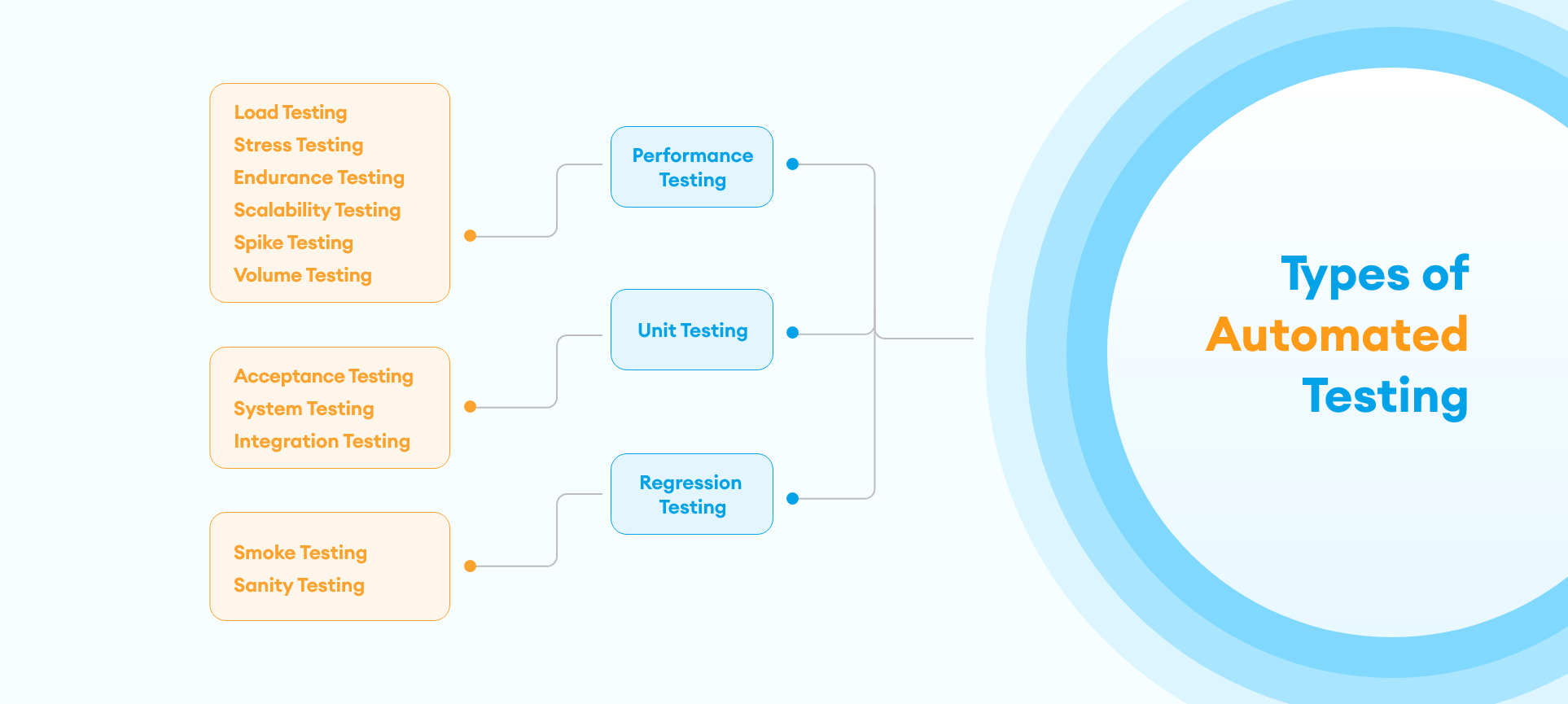
A Primer for Automated Testing and Manual Testing
If you write software or work for a company that does, chances are you have spoken to someone on your team about testing at one point or another. Testing is a critical step in the software lifecycle, and as part of an agile development method, it can help enterprises launch more and better products faster.
Software testing broadly breaks down into two categories:
- Manual Testing
- Automated Testing
In this article, we’ll explore both forms of testing, lay out the pros and cons of each, and discuss when you might want to use one over the other.
What Is Manual Testing?
Manual testing refers to the process of running tests by hand, without the aid of scripts or coded testing suites. Manual testing is done by QA (Quality Assurance) engineers, requiring the input of a human even if the tests themselves are coded.
Manual testing could be as simple as handing your app over to a group of users to play with, or as complex as having a QA engineer run multiple tests one at a time and generate results reports.

Types of Manual Testing
Before we dive into the pros and cons of manual vs automated software testing, let’s briefly outline the types of tests that should be performed on software in order to create a comprehensive testing solution. Some of these tests can only be performed manually, while others can be automated.
- Black Box Testing: Test the software’s functionality without looking at the code.
- Clear Box Testing: Design test cases using code. Usually, run in the form of unit tests.
- Component Testing: Ensure all modules of source code are working correctly-One step up from unit testing.
- End-to-End Testing: Evaluate the system’s overall performance and compliance with requirements.
- Integration Testing: Test interfaces between two applications or modules.
- Pre-Production Testing: Ensure the final product is functional and smooth.
What Is Automated Testing?
Automated testing removes the human from the equation by allowing software engineers to write coded testing suites that explicitly test various pieces of the software and overall system. Unit tests, component tests and some end-to-end and integration tests can be written in this way.
Agile software development usually demands that engineers write tests for each new piece of code they add to the repository.

Types of Automated Testing
Just as there are different types of manual testing, there are different ways to automate tests, depending on what aspect of the software needs to be tested. Let’s look at the different types of automated testing.
Unit Testing
Unit testing refers to running tests on small, discrete pieces of code, usually a single module or function. Unit tests are written in parallel with the code they test, and are committed early and often alongside code changes. This process is known as Test Driven Development (TDD) and can help engineers catch bugs before they make it to production.
Regression Testing
Regression testing can be performed manually or automated depending on the number of test cases you need to perform. When it is automated it is the process of testing old code whenever new code is introduced, to make sure the new code doesn’t break something in the old code. Regression testing is more comprehensive than unit testing, as it tests the entire system. It should happen as frequently as unit testing and can be automated through the use of various tools like Selenium or Ranorex.
Performance Testing
Regularly testing the performance of your application is a crucial part of ensuring a good experience for your users. You can test the scalability and responsiveness of your app under real-world conditions by using automated load-simulating tools such as JMeter or LoadRunner.
Pros and Cons of Manual Testing
The primary concerns about manual testing relate to the capacity for human error. Humans misinterpret results, run tests incorrectly, and make mistakes, particularly when forced to do repetitive tasks better suited for a computer.
Another con of manual testing is that it is time and labor-intensive. Hiring QA engineers to manually run tests on units and code modules will always be slower and more expensive than automating those test suites.
The pro of manual testing is that humans often catch things that machines don’t, particularly when it comes to user interfaces and end-to-end testing. This is why it’s important to include manual testing as a step in your testing process, regardless of whether or not you also have automated tests.
Pros and Cons of Automated Testing
The major benefits of automated testing are accuracy, and time and money saved, as discussed above. However, with that comes the caveat that moving testing to an automated solution places the burden of testing onto already overworked engineers, who are now responsible not only for writing code but also writing and running tests for that code.
This could be seen as both a pro and a con: the engineer who wrote the code knows what it is supposed to do, and so may be the best person to write the test for it. However, the engineer may also fall into the trap of only testing the “happy path” or the solution they expect to work.
To achieve a well-balanced testing solution, a mix of automated and manual testing is required.



































